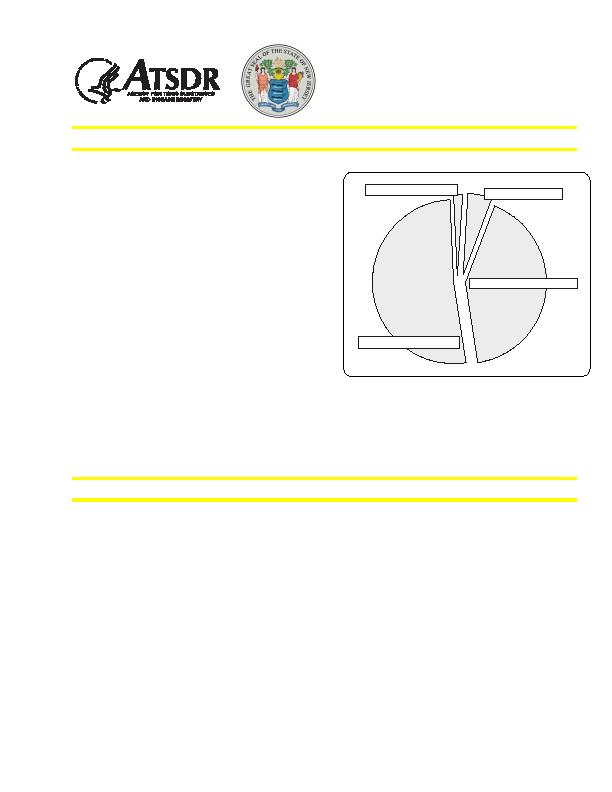
Activities in
Activities
Jer
New Jer sey
ATSDR in Partnership with New Jersey
The Agency for Toxic Substances and Disease Registry
(ATSDR) is the lead public health agency responsible for
implementing the health-related provisions of the Compre-
Conferences 3,645
Research 0,000
hensive Environmental Response, Compensation, and
Liability Act of 1980 (CERCLA). ATSDR is an Atlanta-
based federal agency with 400 employees. ATSDR's annual
budget for 2002 was million. ATSDR is responsible for
assessing the presence and nature of health hazards at
specific Superfund sites, helping to prevent or reduce
further exposure and illnesses that result, and expanding the
Health Studies ,122,489
knowledge base about the health effects of exposure to
hazardous substances.
ATSDR works closely with state agencies to carry out its
Site-Specific ,537,516
ous waste sites and preventing adverse health effects.
ATSDR provides funding and technical assistance for states
to identify and evaluate environmental health threats to
communities. These resources enable state and local health departments to further investigate environmental health
concerns and educate communities. This is accomplished through cooperative agreements and grants. At this time,
ATSDR has cooperative agreements and grants with 31 states, 1 American Indian nation (Gila River Indian Commu-
nity), and 1 commonwealth (Puerto Rico Department of Health). From 1985 through 2002, ATSDR awarded more
than ,683,650 in direct funds and services to the state of New Jersey. In addition to direct funds and services,
ATSDR staff provides technical and administrative guidance for state-conducted site activities.
ATSDR Site-Specific Activities
Public Health Assessment-Related Activities
One of the agency's important mandates is to conduct public health assessments of all National Priorities List
(NPL) sites and of other sites where there might be a significant threat to the public health. There have been 135 NPL
sites in New Jersey.
A public health assessment provides a written, comprehensive evaluation of available data and information on the
release of hazardous substances into the environment in a specific geographic area. Such releases are assessed for
current or future impact on public health. ATSDR and the New Jersey Department of Health and Senior
Services (NJDHSS) staff, in conjunction with environmental officials from New Jersey, have conducted 173 health
assessments in the state. Below is an example of a public health assessment conducted in the state.
Puchack Well Field The Puchack well field supplied approximately 50,000 residents of Camden with
drinking water until 1998 when the last of the seven wells was taken out of service. Contaminants including
metals and volatile organic compounds were found in one of the wells in the early 1970s. This contamination
spread to other wells in the field. The public health assessment sponsored by ATSDR concluded that the site
represented a public health hazard because of past exposures and recommended follow-up health activities,
including a review of health outcome data, determining other community health concerns, and developing
appropriate health education actions.


 Previous Page
Previous Page
